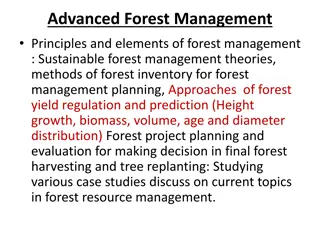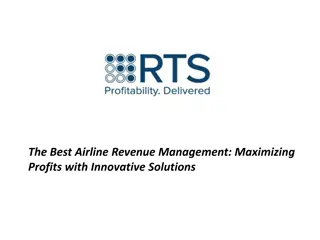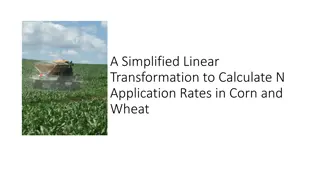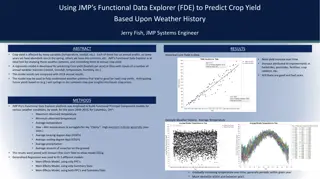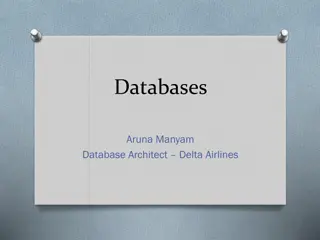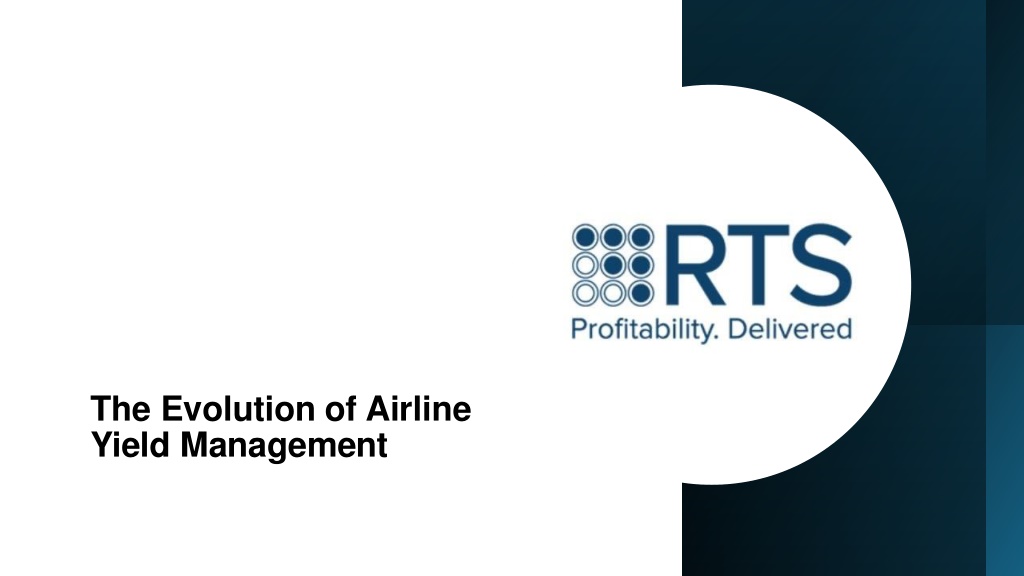
The Evolution of Airline Yield Management
Yield management has been a game-changer in the airline industry, revolutionizing how airlines optimize revenue. Over the years, advancements in technology, data analytics, and consumer behavior analysis have shaped modern airline yield management st
Download Presentation

Please find below an Image/Link to download the presentation.
The content on the website is provided AS IS for your information and personal use only. It may not be sold, licensed, or shared on other websites without obtaining consent from the author. If you encounter any issues during the download, it is possible that the publisher has removed the file from their server.
You are allowed to download the files provided on this website for personal or commercial use, subject to the condition that they are used lawfully. All files are the property of their respective owners.
The content on the website is provided AS IS for your information and personal use only. It may not be sold, licensed, or shared on other websites without obtaining consent from the author.
E N D
Presentation Transcript
The Evolution of Airline Yield Management
Yield management has been a game-changer in the airline industry, revolutionizing how airlines optimize revenue. Over the years, advancements in technology, data analytics, and consumer behavior analysis have shaped modern airline yield management strategies. The Early Days of Yield Management The concept of yield management emerged in the 1970s when deregulation allowed airlines to set their own fares. American Airlines pioneered the approach by using data to adjust ticket prices based on demand. This innovation helped maximize revenue by selling the right seat to the right passenger at the right price. The Growth of Dynamic Pricing By the 1990s, airlines had begun leveraging advanced algorithms and automation to refine pricing strategies. Instead of fixed pricing structures, dynamic pricing models allowed airlines to adjust fares in real time based on factors like demand, seasonality, and competitor pricing.
Big Data and AI in Yield Management The 2000s brought a significant shift with the rise of big data and artificial intelligence (AI). Airlines started using machine learning models to predict demand more accurately. AI- driven pricing strategies enabled real-time fare adjustments, maximizing occupancy rates and profitability. Personalization and Ancillary Revenue Modern airline yield management extends beyond ticket pricing. Airlines now focus on personalized pricing, offering tailored fares based on passenger profiles, booking history, and preferences. Additionally, ancillary revenue such as baggage fees, seat selection, and onboard services has become a critical part of overall yield management. The Future of Yield Management As technology continues to evolve, blockchain and predictive analytics are expected to further refine airline yield management strategies. Airlines will increasingly use real-time data to create ultra-responsive pricing models, ensuring maximum revenue while enhancing customer experience. Conclusion From manual pricing to AI-driven dynamic fare strategies, airline yield management has come a long way. As competition intensifies, airlines will continue to rely on data-driven insights to optimize revenue while meeting customer expectations.




